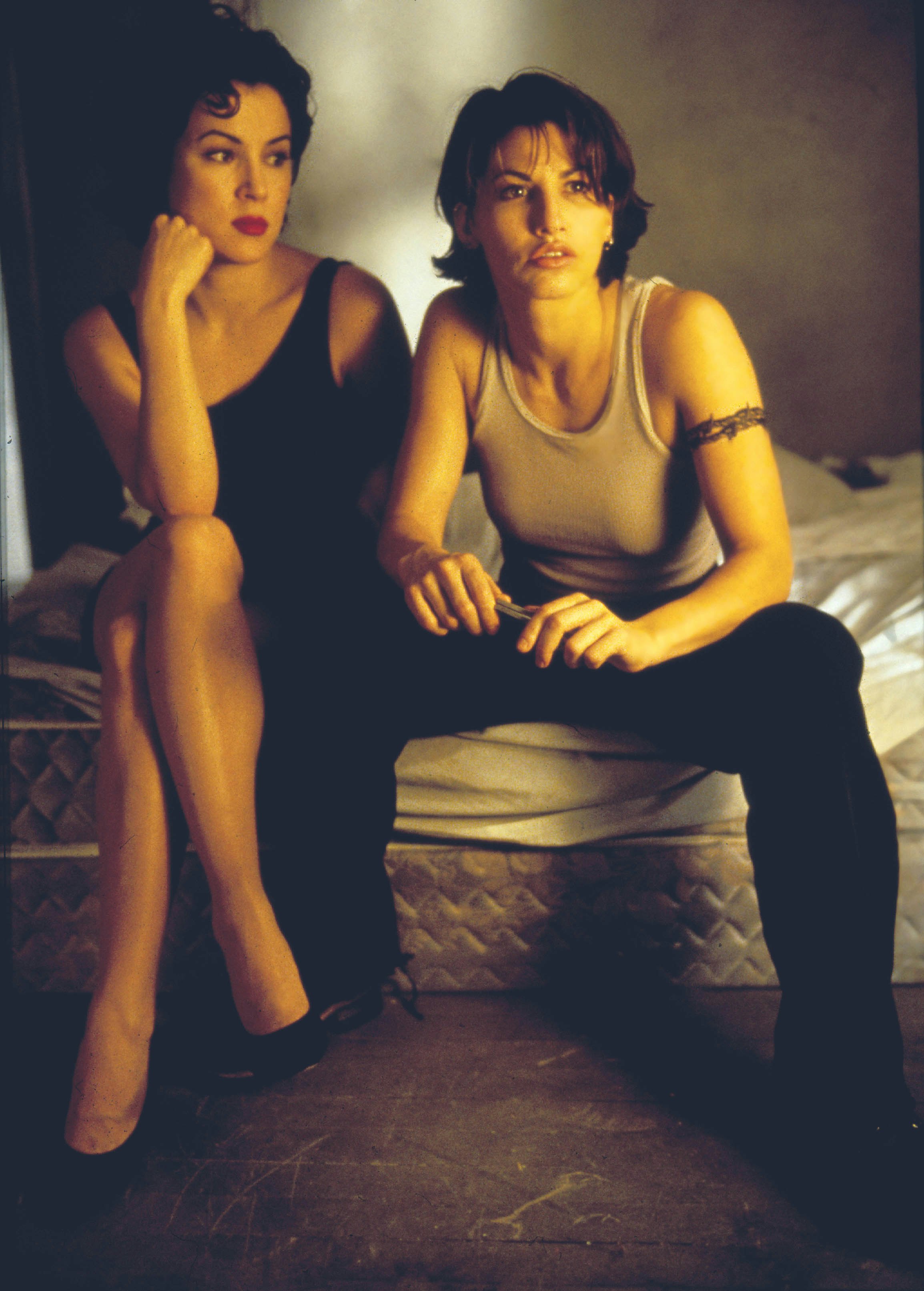
Hollywood did everything in its power to stop Gina Gershon from starring in Bound. But that just made her want it more.
“I knew it was an issue just because everyone was giving me such a hard time about doing the movie,” Gershon tells Inverse. “Actresses weren't even allowed to go in [to audition] because during that time, you don't do a lesbian movie or else you destroy your career. Which, you know, I thought was just so insane.”
“I had to leave my representation, but it was all good.”
Three years before they delivered a reality-warping A-bomb to the action and science fiction genres with The Matrix, Lana and Lilly Wachowski (then known as Larry and Andy) challenged Hollywood conventions in more down-to-earth fashion with Bound, which has just received a sparkling new 4K UHD Blu-ray release from the Criterion Collection.
Released in 1996, Bound is a deliciously erotic film noir that tells the story of Corky (Gershon) and Violet (Jennifer Tilly), two women who meet and fall in love under decidedly difficult circumstances: Corky is an ex-con, and Violet is the femme fatale desperate to escape her relationship with Caesar (Joe Pantoliano), a Mafia enforcer and money launderer. It’s a neo-noir crime thriller to its bones — with the subversion that its two leads are queer women.
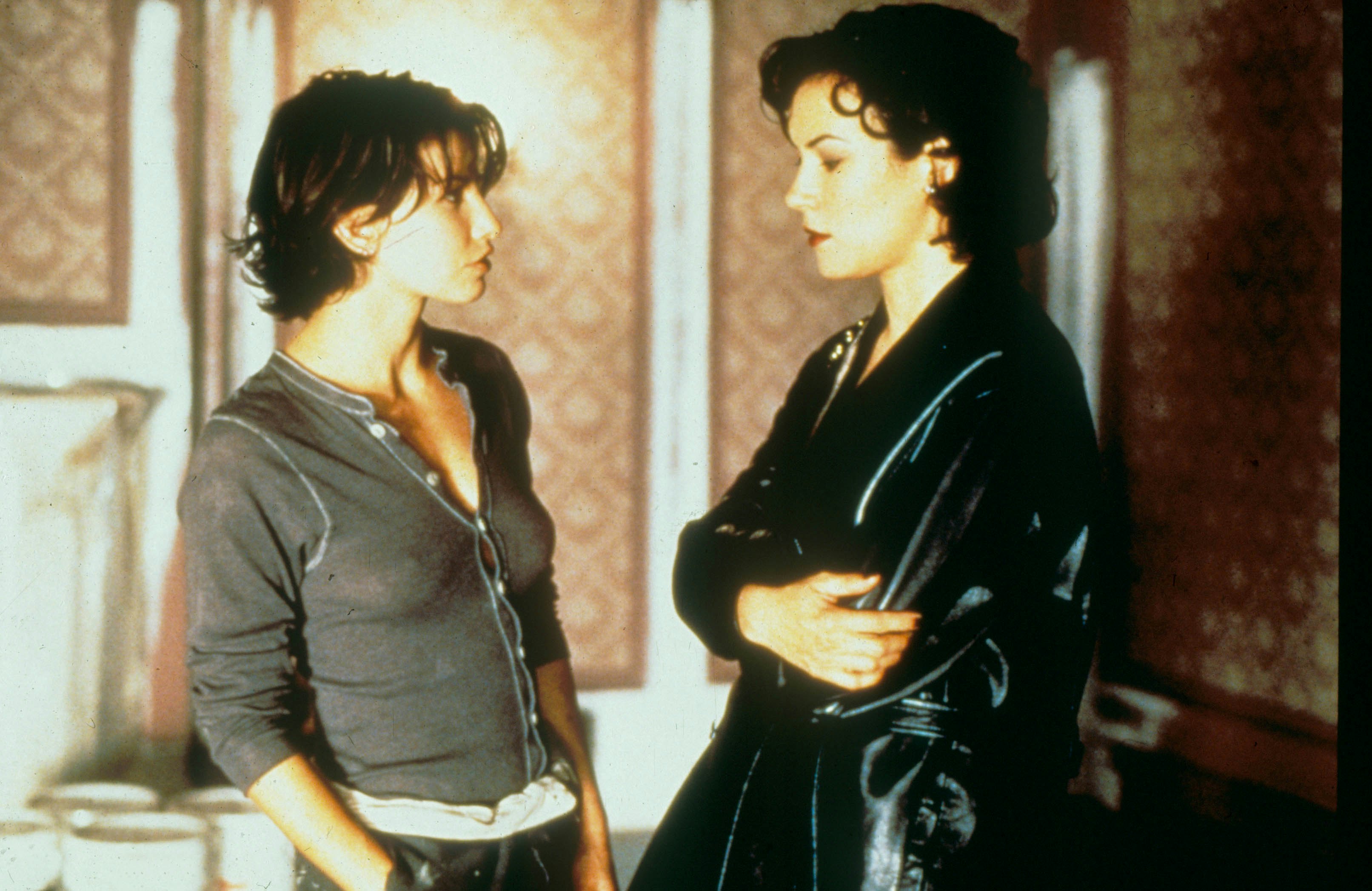
Gershon says she had first heard about the Wachowskis — who came to Hollywood to write screenplays after their first professional stint as comic book writers for a Marvel imprint — through another script of theirs that was making the rounds in Hollywood. Though that went nowhere, she remembered their names when Bound landed in front of her.
“My agents were very much like, ‘You're not doing this movie,’” Gershon recalls. “I was coming off Showgirls and they're like, ‘This is not a good movie for you to do. We need to get you in a big studio film. It's also playing a lesbian. You just played a bisexual. We can't have you do that.’” Nevertheless, Gershon met with the siblings and was impressed with their vision, even though they had never made a film before. “I knew they were going to be incredible filmmakers and the more I talked to them about it, I came out of that going, ‘I'm doing this movie.’”
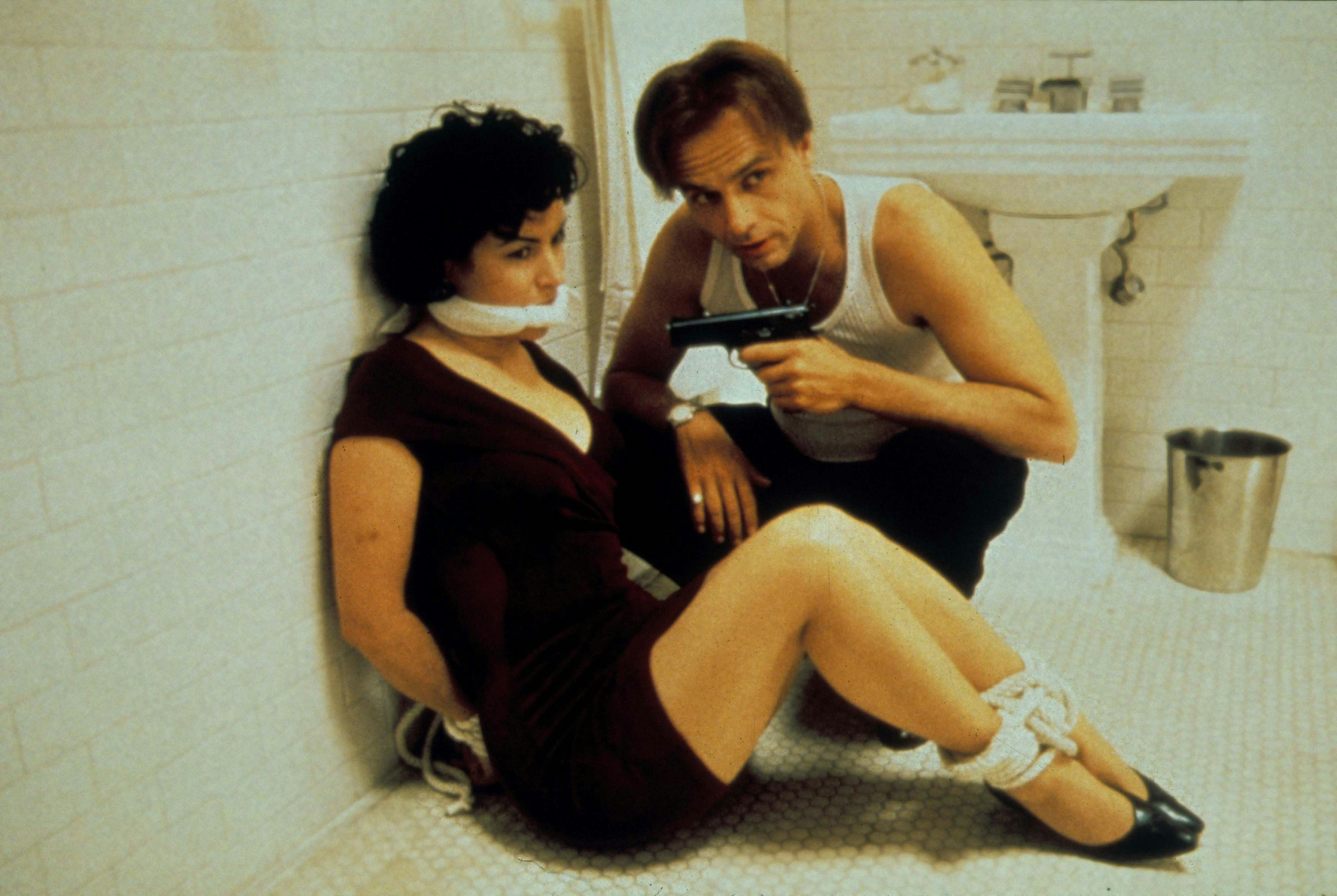
Lana Wachowski told Gadfly in a 1998 interview that several studios said they’d only back Bound if the character of Corky — the more “butch” of the two women (using the terminology of the time), as opposed to Jennifer Tilly’s bait-and-switch femme fatale — was changed to a man.
“Thank God, the Wachowskis said no,” Gershon says. “We all stood our ground. When my representatives were like, ‘We will not let you do this,’ I was like, ‘Well, you can't stop me. I'm doing it.’ I had to leave my representation, but it was all good.”
“They told me about The Matrix and I fell in love with that. If I were smart, I would be like, great, we're doing a two-picture deal right now.”
Bound follows Corky, fresh out of prison, who has gotten a job renovating an apartment when she meets the couple next door, Violet and Caesar (Joe Pantoliano). Before you can say “check my plumbing,” Violet seduces Corky and confesses that she wants to escape from her life with Caesar. The two hatch a plan to steal $2 million that Caesar is going to stash in the apartment, while making it look to his bosses like he absconded with the money. As usual in crime thrillers, things go awry and the bodies begin piling up. In the end, however, a deeply-in-love Corky and Violet drive off together hand in hand… a resolution that was, at that time, quietly revolutionary for LGBTQ+ representation on-screen.
It was a bold directorial statement from two first-time directors. And while working with directors so green to Hollywood can always be a roll of the dice for actors, Gershon says the Wachowskis operated as a fairly seamless unit on the set. “They were pretty much on the same page,” she recalls. “There was only one time … that they both told me different things. I said, ‘How do you think this moment should be?’ One said one way, one said the other way and I was so excited that I'm like, 'Hey, I think I'm gonna get to decide on this one,' because for once they weren't in cahoots. But that was only one time and it was a tiny little moment. So they were pretty much of one brain on this thing.”
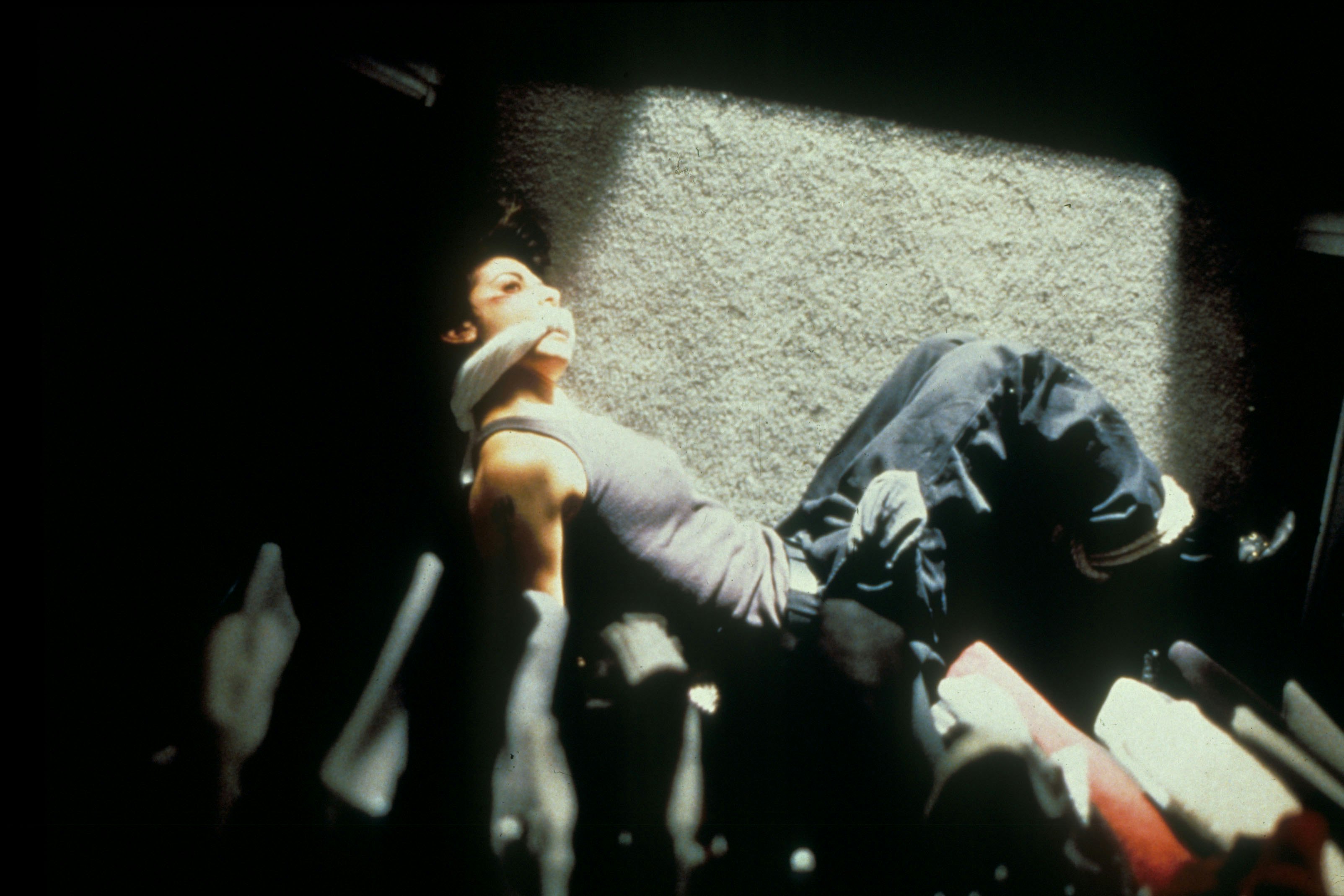
Interestingly, Gershon recalls discussing the Wachowskis’ plans for their next project while making Bound.
“They told me about The Matrix and I fell in love with that. If I were smart, I would be like, great, we're doing a two-picture deal right now,” she says with a laugh. “I think actually when they did the storyboards, they used my face in them. I was kind of disappointed when I didn't get The Matrix, but Carrie-Anne [Moss] did it and it was a different sort of performance they wanted.”
“That's why it's just so satisfying at the end when they break free and they get to be exactly who they want.”
Gershon also remembers that the Wachowskis did “a lot of research” into lesbian sexuality for the film, recruiting sex-positive feminist author and activist Susie Bright as a consultant. Although Gershon did visit some queer clubs in San Francisco on Bright’s advice, she refutes the notion that Bright helped choreograph the central sex scene between Violet and Corky. “Because the Wachowskis wanted to get the sexuality right — and she was obviously an expert on all that — they talked to [Susie] a lot,” says the actor. “She wasn't, like, on the set with us saying, ‘Hey, you gotta do this, you gotta do that.’”
The finished scene is intense, highly erotic, and, most importantly, character-driven; a credit to the focus of the actors and filmmakers. Even now, with more LGBTQ+ filmmakers getting to steer their projects onto screens (and Hollywood slowly inching along the path to better representation), it’s startling to see how progressive Bound was 28 years ago. The fact that the Wachowskis both later transitioned — from Larry and Andy to Lana and Lilly — underscores what a personal film it was and how its themes of identity, personal and sexual freedom, and escaping the prisons we find ourselves in are relevant to both the rest of their filmography and our present culture.
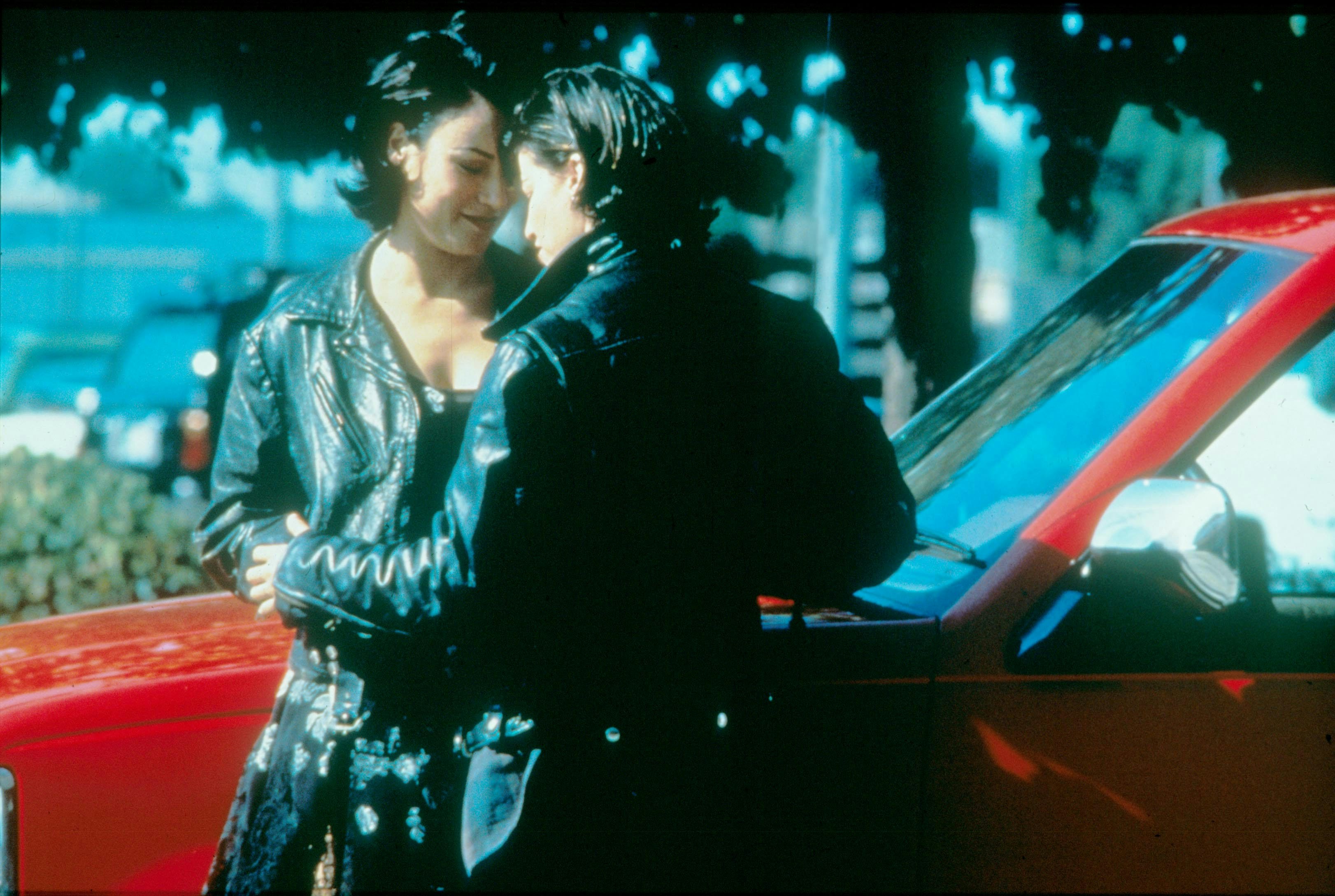
“It's very interesting looking back on it now,” says Gershon. “I didn't know that Lana and Lilly were going to go on this journey, which makes it all the more poignant in a way. But it's not just Corky and Violet. Everyone seems to be trapped in some sort of role they're supposed to be playing. Caesar is trapped in a role. Everyone's not totally free to be who exactly they are. Everyone's manipulating and navigating and playing by some sort of rules.”
“That's why it's just so satisfying at the end when they break free and they get to be exactly who they want,” Gershon concludes. “Whether you're straight, gay, whatever, we all strive for that and hopefully we become ourselves and have freedom and dignity within that.”







